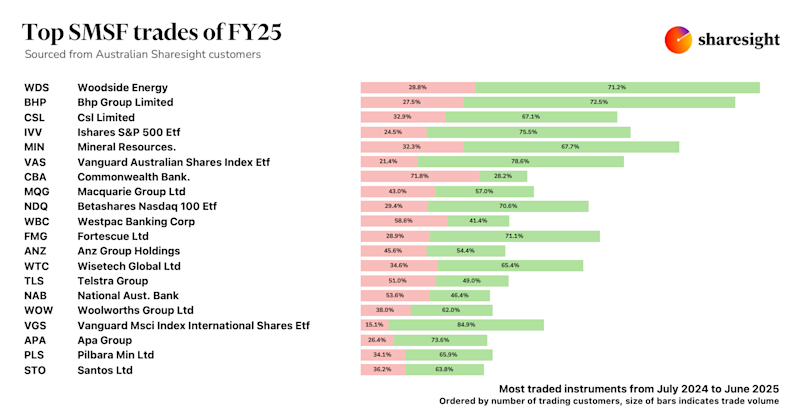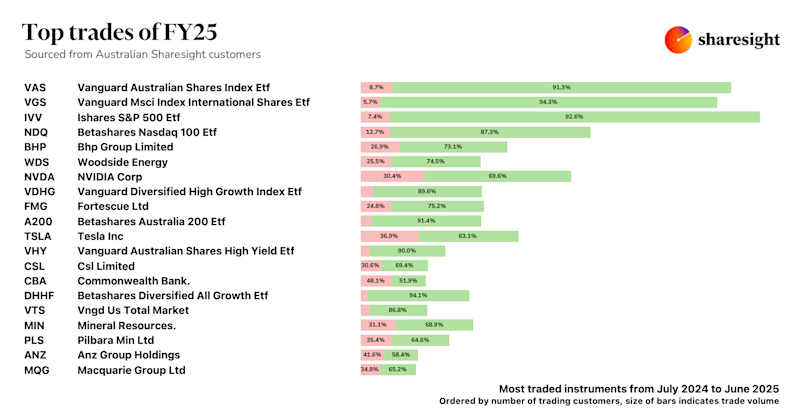How to limit losses with a stop-loss order
Disclaimer: The below article is for informational purposes only and does not constitute a product recommendation, or taxation or financial advice and should not be relied upon as such. Please check with your financial adviser or accountant to obtain the correct advice for your situation.
This is a guest post from Simon Angelo at Wealth Morning.
Looking back the other day, I realised I’ve been involved in the start-up of more than 20 businesses over the years. Just over half have been moderately successful. Only one or two have been meteoric and broken out some decent revenue.
But you only need one or two.
The mistake is probably sticking with losing opportunities for too long. There’s a lesson there that applies not only in business, but in investing and in most aspects of life.
But how do you know which ones will end up as the duds? Stick with a losing position too long and you can end up wasting years of your life. And plenty of your money.
The trouble is we seldom know which will be the losing positions. Even the largest companies and the smartest entrepreneurs throw themselves into losing positions. And become consumed by them.

The stop-loss order
A stop-loss is an order placed with your broker to place a market order to sell an instrument when it reaches a certain price to limit the extent of any losses.
For example, if you’re buying a share at $9.50, you might set the stop-loss at $9. Meaning, if the price falls and it hits $9, you’ll sell that share and minimise your losses.
So if the market tanks and/or the business takes some kind of unexpected hit, your maximum loss is 50c per share.
This is really useful if the price continues to plummet. Say, an earnings announcement yields some an unexpected surprise and the share price stumbles to $8. In that downward slide, you’ll have only lost 50c per share, while others $1.50 or more.
Of course, if you’ve done proper research, your picks should increase in value. So the stop-loss helps to cover things when you’ve got it wrong.
And as with business start-ups and in other areas of life, no matter how much research you do — even if you’re the smartest reader of situations in your field — you will sometimes get it wrong.
Stop-loss protects the downside.
Actively managing a stop-loss
Let’s say your stock pick at $9.50 delivers on what you’ve expected. For example, a company focused on the US domestic market. Trump continues to protect that market with tariffs, as your analysis shows you he will.
The company does well in the protected market. The share price jumps to $11. There’s still further upside as it explores new technology and develops new products.
What you want to do now is to protect your profit.
So you move your stop-loss from $9 to $10.50, or thereabouts.
If the US tariff protections that boost your company are suddenly removed and the share price drops through the floor, you’re going to sell at $10.50 and protect your profit.
Sometimes this strategy will mean you sell too early. But there’s no actual loss in that case, because you’ve already banked a profit. You can now focus on your next opportunity, which will have a similar moving stop-loss to reduce the downside risk and protect any profits you manage to make.
Simon is the publisher at Wealth Morning and in their premium newsletter, Lifetime Wealth Investor, they constantly research the best opportunities to keep moving ahead with. Based on ever-changing economic and business circumstances.
You can find alternative market commentary targeting hidden opportunities in the global markets and download your free guide at Wealth Morning.
FURTHER READING

Sharesight users' top 20 trades – June 2025
Welcome to the June 2025 edition of Sharesight’s monthly trading snapshot, where we look at the top buy and sell trades by Sharesight users in all markets.

Top SMSF trades by Australian Sharesight users in FY24/25
Welcome to our annual Australian financial year trading snapshot for SMSFs, where we dive into this year’s top trades by Sharesight users.

Top trades by Australian Sharesight users in FY24/25
Welcome to the FY24/25 edition of our Australian trading snapshot, where we dive into this financial year’s top trades by Sharesight users.